The Amber Prince Roger Zelazny (19 photos)
About the life and work of the writer. 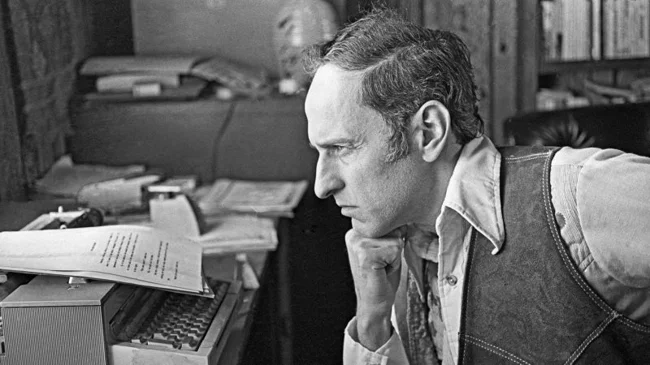
I don't want my work to be boxed into one specific genre.
Roger Zelazny
In the first half of the 1990s, a stream of translated fiction poured into the open spaces. And fantasy, hitherto almost unknown to us, was especially popular. Among the books that appeared, the neophytes were particularly impressed by the “Chronicles of Amber” cycle, strikingly different from the stories of Tolkien and Howard already known in our country. And the name of the author caressed the ear with its unusualness - Roger Zelazny. It smelled like something native, Slavic... 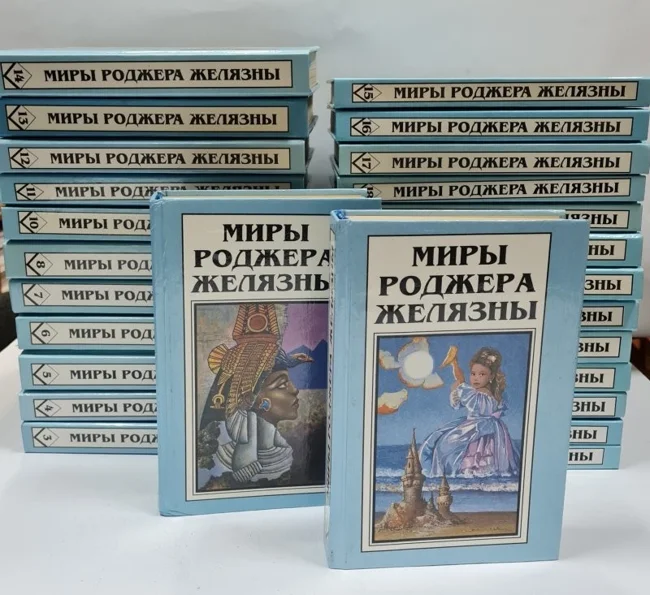
CAREFULLY PREPARED START
Americans are a nation of immigrants from various parts of our planet. Moreover, people who come to the States, for the most part, quickly mix with representatives of other nations. And when Pole Jozef Frank Zelazny met a pretty American-Irish woman, Josephine Flora Sweet, in Chicago, he didn’t wait too long to start a family. The fruit of the Polish-Irish union was the 100% American Roger Joseph Christopher Zelazny, who was born on May 13, 1937 in the small town of Euclid, located near Cleveland, the industrial center of Ohio.
Roger's mother, like a true Irishwoman, adored mythology and from early childhood literally fed her only offspring with various fairy tales and legends. Roger learned to read very early, and, while still just a kid, indulged in wild fantasies about the books he read and their characters.
I was about six years old. While reading the stories, I thought that I would have treated the characters differently. One day it dawned on me, “Oh, I can do this.”
Roger Zelazny 
Euclid - one-story America.
At first, the young talent wrote his fairy tales on everything that came to hand, until his father gave the child a typewriter on his eleventh birthday. Roger switched to SF stories, because around the same time he became interested in science fiction. Moreover, the boy turned out to be surprisingly prudent and meticulous for his age. Having decided that he did not have enough knowledge to engage in professional creativity, Roger thoroughly sat down with theory, studying literary techniques. This approach bore fruit - already during his studies the boy became the editor of the school newspaper and a member of the local writing club. However, the ambitious teenager did not at all want to be one of the many literary artisans - he dreamed of fame and money. Therefore, after the first failure (Roger sent a story written in imitation of Bradbury’s “The Martian Chronicles” to John Campbell himself, but there was no response), the teenager decided to wait a few years. So to speak, gain some life experience and knowledge, and only then storm literary heights. 
Zelazny's alma mater in Cleveland...
Zelazny frequently published poetry and prose in school magazines and won the Finley Foster Poetry Prize twice (1957 and 1959). In 1955, after college, Roger entered the psychology department at Cleveland Western University, but quickly moved to the English literature department, where he received a bachelor's degree. Towards the end of 1960, he served in the National Guard for six months, mostly in Texas. Having left for New York, Roger again took up his studies, receiving a master's degree from Columbia University in 1962, where he defended his dissertation on English drama of the period of Elizabeth I and James I. And everywhere Zelazny accumulated the very life experience without which he considered pursuing literature pointless undertaking: he practiced fencing, martial arts and Zen, wrote poetry, played chess, studied Hindi and Japanese. And I wrote a lot... 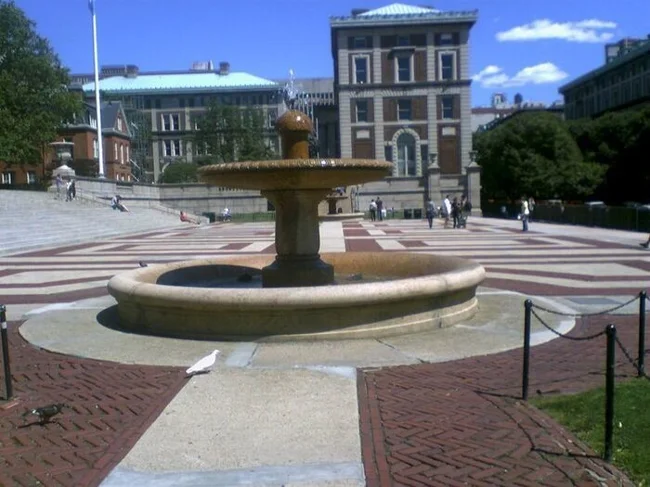
... and New York.
A couple of times Roger managed to sell his stories to various science fiction magazines - for the first time in Amazing Stories in 1962 ("Play of Passions", fee - 20 dollars). But creativity could not support him, so Zelazny began working for the Federal Social Security Administration - first in Cleveland, then in Baltimore, while writing fiction. 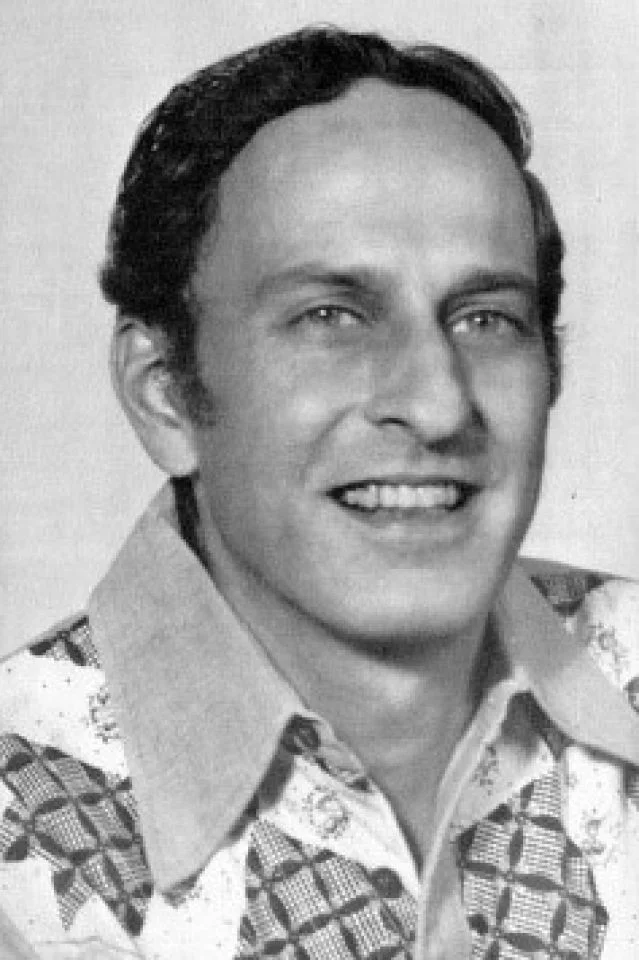
I promised myself that at first I wouldn’t try to do anything big. I had too much to learn. The first few years I was going to devote to creating small works. Firstly, they are easier to write, and secondly, you can learn many literary tricks from them.
Roger Zelazny
In 1964, Zelazny experienced a double shock: first, his father died suddenly, and then Roger almost died in a serious accident. But thanks to the disaster, Roger met Sharon Stieberl, whom he soon married. True, this marriage cannot be called successful - less than two years have passed since they broke up. Literally a couple of months after the divorce, already in Baltimore, Roger met Judith Ellen Callahan - the matter very quickly ended in a wedding. Perhaps Zelazny approached writing much more carefully than choosing his life partners.
Zelazny remained a civil servant for three more years, devoting himself entirely to literature from May 1, 1969. By that time he was already considered the most prominent representative of the American SF. Moreover, Zelazny planned his invasion of science fiction as a military strategist, and achieved success everywhere. Already in 1964, the story “A Rose for Ecclesiastes” was nominated for a Hugo. And in 1966, Zelazny received two Nebulas for his stories and a Hugo for his novel This Immortal. The novels “The Creator of Dreams”, “Island of the Dead”, “Prince of Light” gained considerable resonance. Thus, in just a few years, Zelazny turned into a symbol of the American “new wave.”
ROGER ZELAZNY'S CYCLES 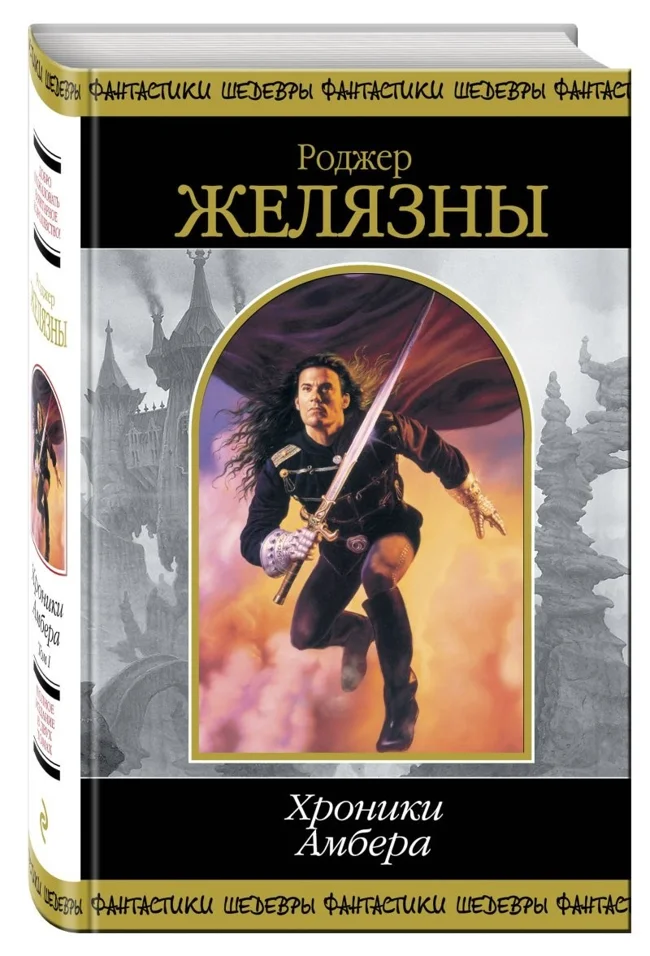
Chronicles of Amber
Nine Princes in Amber (1970)
"The Guns of Avalon" (1972)
Adventures of loving relatives.
"Sign of the Unicorn" (1975)
"The Hand of Oberon" (1976)
The Courts of Chaos (1978)
"Maps of Doom" (Trumps of Doom, 1985)
"Blood of Amber" (1986)
"Sign of Chaos" (1987)
"Knight of Shadows" (1989)
"Prince of Chaos" (1991)
As well as 5 stories and a guide to the world. 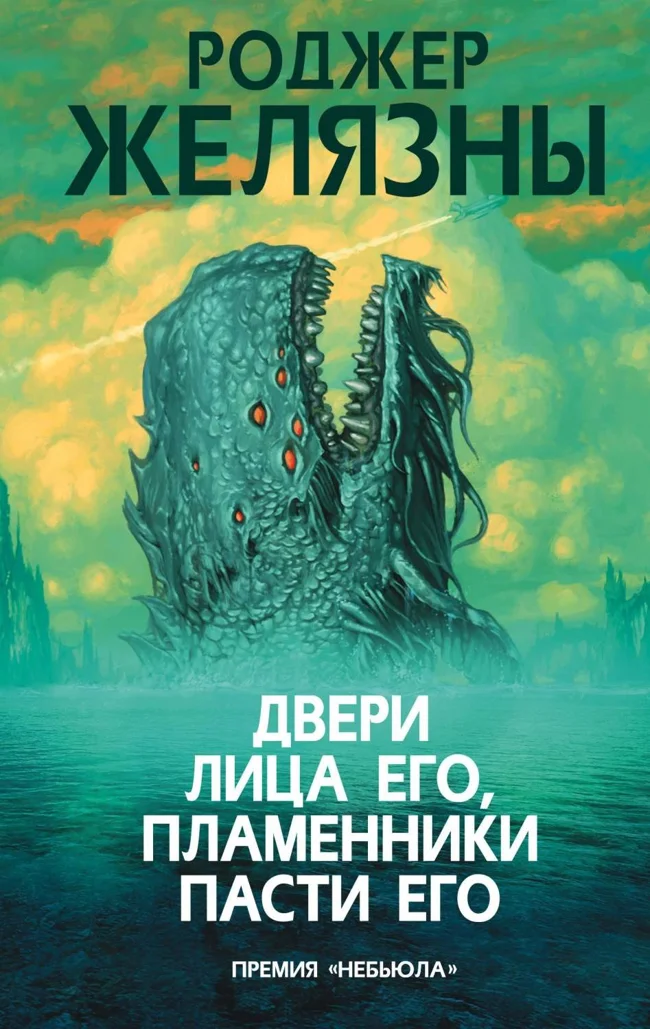
Chronicles of Dilvish
"Dilvish, the Damned" (1982)
The Changing land (1981)
Frank Sandau
"Isle of the Dead" (Isle of the Death, 1969)
"To Die in Italbar" (1973)
World of magic
"Changeling" (Changeling, 1980)
"Obsessed with Magic" (MadWand, 1981)
The Red Demon (with Robert Sheckley)
Bring Me the Head of Prince Charming (1991)
“If at Faust You don't Successed” (1993)
"One Demon Theater" (A Farce to Be Reckoned With, 1995)
NEW HORIZONS
To make a living from literary activity, it was necessary to write more novels - preferably, to compose some well-selling series. However, when Zelazny began working on the novel “The Nine Princes of Amber,” he did not at all expect to open a series for them - a maximum of a duology was conceived.
I thought it would be one book, well, at most, one more sequel a little later. I had no idea that the idea would grow so much.
Roger Zelazny
The novel was published in 1970, two years later Zelazny published the second Amber volume, “The Guns of Avalon.” The story about a rowdy family of “amber” aristocrats was so beloved by readers that Zelazny was literally forced to continue it. True, in those years Roger himself did not strive for continuous creativity, preferring to vary genres, directions and ideas. 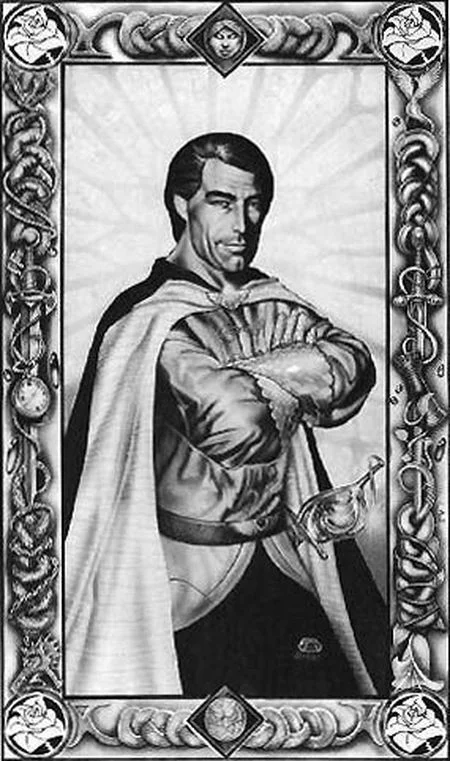
Heroes of "Amber": Corvin...
The 1970s were a time of rapid flowering of his writing career, when bright, mostly non-standard works appeared in print year after year. For the story “The Return of the Executioner” (1976), Zelazny received a double of the most prestigious science fiction awards “Hugo” and “Nebula”, and the American Library Association named “Doors in the Sand” the best book of the year for teenagers. In 1977, the first film adaptation appeared - the film “Valley of Curses” (however, not very successful). And at the end of this turbulent decade, the final book of the Amber Chronicles was published. 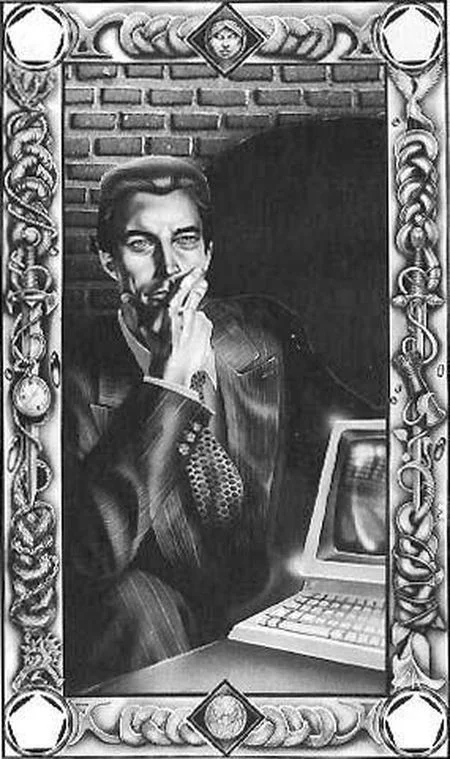
...and Merlin.
Unexpectedly, it was the Amber series that turned into Roger Zelazny’s calling card - and he didn’t plan this! In America, the “Chronicles of Amber” were republished annually in the form of pocketbooks, recruiting more and more new fans under their banner. The cycle gave birth to many clubs, role-playing games, amateur magazines and fan fiction series appeared, and not only in the States.
Having grabbed luck by the tail, Zelazny was not going to miss the chance. He founded a small corporation, Amber, and began writing the second pentalogy of Chronicles - this time quite consciously writing a series. Its main character was Prince Merlin, the son of Corvinus, the protagonist of the first Pentateuch. The Chronicles of Merlin is significantly inferior to the previous Amber novels. However, Zelazny's skill has not gone away - his energetically written books sold out like crazy. Moreover, “Amber” has already acquired cult status - in this case, commercial success becomes an immutable factor. 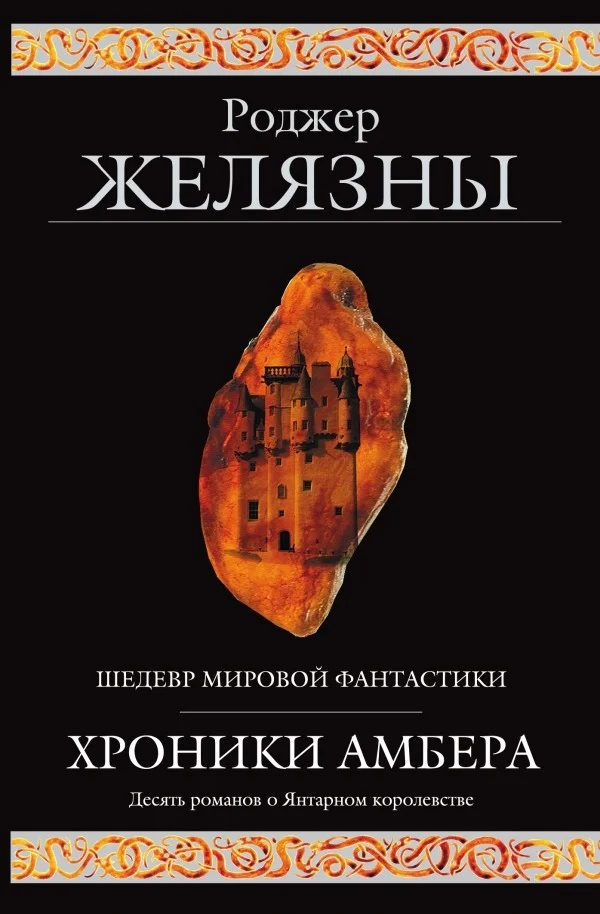
The entire epic about the Amber Kingdom is in one volume.
However, it would be hard to blame Zelazny for commercializing his creativity. In the end, he had to feed his family, because the 1970s were successful not only in the field of creativity - Roger became a father three times. Since 1975, the Zelazny family moved to Santa Fe (New Mexico), because the writer wanted to have a house in the mountains.
The only thing I'm missing here is water. I have come to the conclusion that you need either mountains or water to be happy. There are mountains in Santa Fe, and they are very beautiful.
Roger Zelazny
SELECTED NOVELS BY ROGER ZELAZNY
"This Immortal" (1965)
"The Dream Master" (1966)
"Prince of Light" (Lord of Light, 1967)
Damnation Alley (1969)
"Creatures of Light and Darkness" (1969)
Jack of Shadows (1971)
Today We Choose Faces (1973)
Doorways in the Sand (1976)
Bridge of Ashes (1976)
“Lord of Wrath” (Deus Irae, 1976), with F. Dick
"Roadmarks" (1979)
“Coils” (Coils, 1980), joint. with F. Saberhagen
"Eye of Cat" (1982)
“The Black Throne” (The Black Throne, 1990), joint. with F. Saberhagen
“The Mask of Loki” (1990), joint. with T.T. Thomas
“Flash” (Flare, 1992), joint. with T.T. Thomas 
“A Night in the Lonesome October” (1993)
“Wilderness” (Wilderness, 1994), joint. with J. Houseman
"Chronomaster" (Chronomaster, 1996), joint. with D. Lindskold
"Donnerjack" (Donnerjack, 1997), joint. with D. Lindskold
“Psychoshop” (Psychoshop, 1998), joint. with A. Bester
"Lord Demon" (Lord Demon, 1999), joint. with D. Lindskold 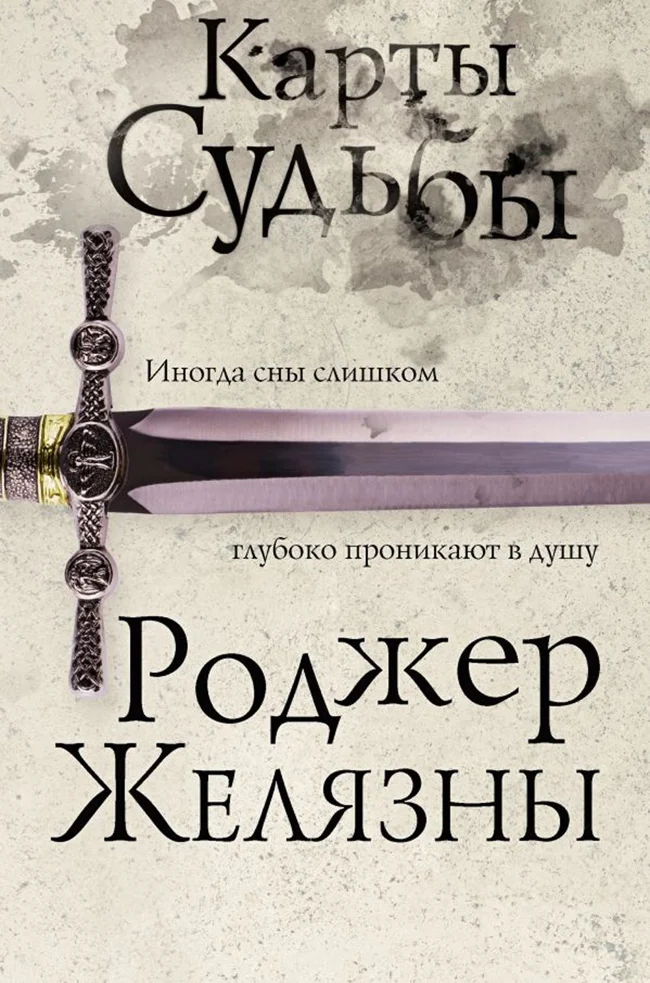
THE LAST FRONTIERS
The Chronicles of Amber sold well all over the world, and Zelazny gained financial independence. Therefore, in the second half of the 1980s, he significantly moderated his creative fervor. And many old fans have somewhat cooled towards him - this often happens with commercially successful authors. However, several works of small form were awarded prestigious awards - the story “Twenty-four views of Fuji by Hokusai” (1986) and the story “Permafrost” (1987) received a “Hugo”. 
Zelazny again took up poetry, releasing several collections. Together with artist Gray Morrow, he published an illustrated book - Zelazny invented it, and Morrow embodied his fantasies. In the 1990s, Roger discovered another talent - an artistic reader. His one-man performances - both based on his own books and on the works of other authors - were invariably a success with listeners. 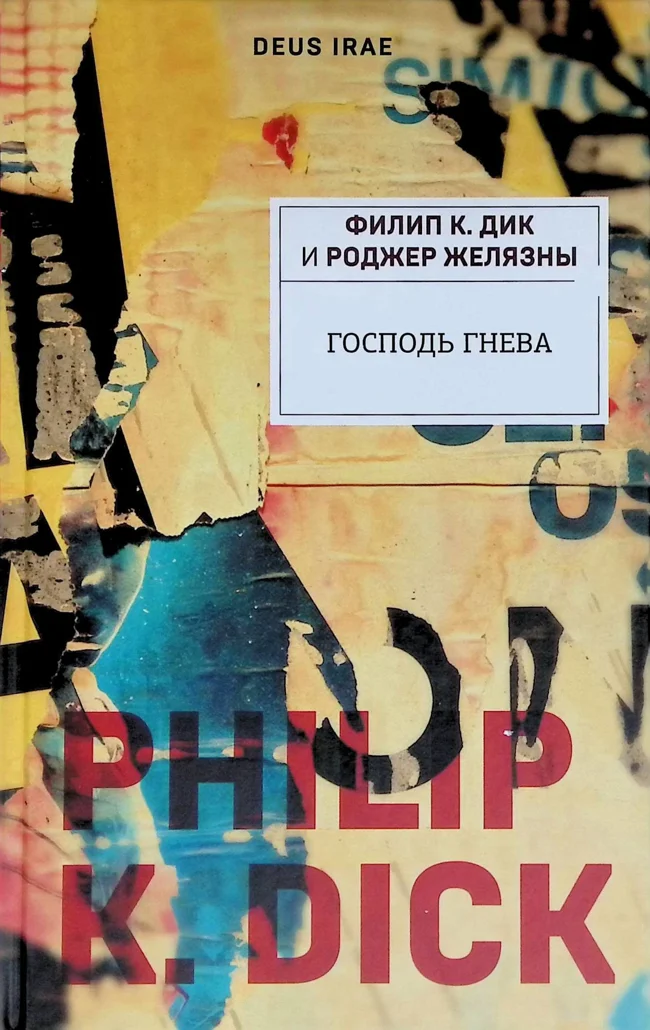
Several times Zelazny took on joint novels. Back in 1976, “Lord of Wrath” was released, written together with Philip K. Dick. Then there were “The Coils” (1982) and “The Black Throne” (1990), written together with old friend Fred Saberhagen. In two novels with Thomas T. Thomas and a “demonic” trilogy with Robert Sheckley, Zelazny only proposed plots and ideas that his co-authors embodied on paper. As for his solo work, the best book of his late period is, perhaps, the postmodern ironic fantasy “Night in Dreary October” (1993), which Zelazny wrote while already ill. 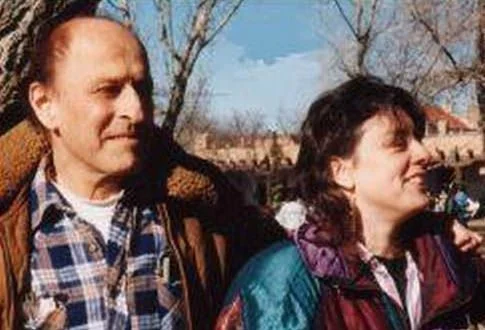
Jane and Roger: Happy Together (1994).
For a number of reasons, Roger was not particularly creative at this time. Towards the end of the 1980s, he met the aspiring writer Jane Lindskold, who was an ardent fan of his books.
I don't usually respond to fan mail, but she was an exception. A correspondence began. After some time we became friends. Jane taught at a college in Virginia and was going to write my biography.
Roger Zelazny
They first met in person in 1989, in New York. After 4 years, the eminent writer divorced his wife and went to Jane Lindskold. He seemed happy with her. But this did not last long.
Zelazny had stomach cancer, he had known about his illness for a long time, and underwent chemotherapy, thanks to which it seemed that the disease was gradually receding. However, on June 13, 1995, he suffered an acute attack of kidney failure. Urgent hospitalization followed, but nothing helped. A day later, on June 14, Roger Zelazny died at St. Vincent Hospital in Santa Fe at the age of 58. Until the last minute, his faithful Jane, his youngest son Trent, and several friends from the local science fiction club were with him. After cremation, the writer's ashes were scattered over the mountains that he loved so much. 
INTERESTING FACTS
- Roger Zelazny is often referred to as a distant descendant of natives of Eastern Europe. In fact, in the male line, Zelazny is an American only in the first generation (with a stretch - in the second). His father Jozef was born in Rypin, a small town in Polish Pomerania, located 169 kilometers from Warsaw. When Yuzek was still a child, the family went overseas in search of a better life.
- Ever since samizdat times, there has been a tradition in the CIS to pronounce the writer’s surname as Zelazny. On the one hand, this is wrong - if you use the anglicized version, Zelazni will still be more accurate. On the other hand, his father's last name is spelled Żelazny in Polish. So the translators are not far from the truth. 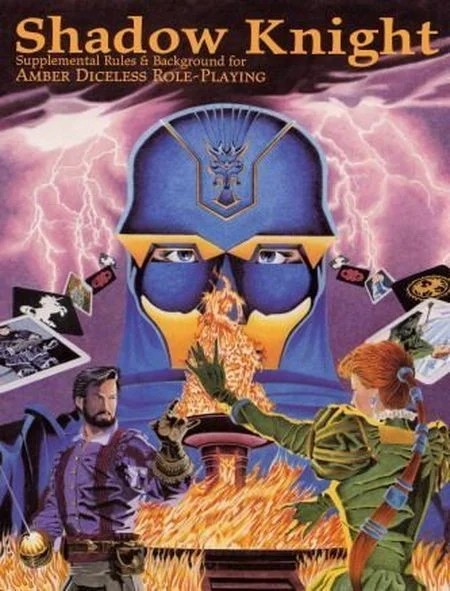
Amber spin-offs: RPG...
- Roger Zelazny had three children, all with Judith Callahan. Two sons - Devin (born 1971) and Jonathan Trent (born 1976), daughter Shanon was born in 1979.
- Roger Zelazny published some books under the pseudonym Harrison Denmark.
- Roger Zelazny has many awards: six Hugo Awards (1966, 1968, 1976, 1982, 1986, 1987) and 8 nominations, three Nebula Awards (1965 - twice and 1975) and 12 nominations, two Locus Poll Awards (1984, 1986) and Balrog Award (1980, 1984), as well as Apollo Award-1972, Australian Ditmar Award-1977, Japanese Seiun Award-1984.
- The plot-forming ideas of the Amber Chronicles - a multiverse of reflected worlds and a group of people controlling them, fiercely competing with each other - were borrowed by Zelazny from the Toan cycle of Philip José Farmer.
- 6 comics were published based on Zelazny’s books: the most famous was published by DC Comics in 1996 - based on the first two novels of The Chronicles of Amber.
- Entomologist Dr. Martens named one of the species of spiders in honor of the writer - Sclerocypris zelaznyi. 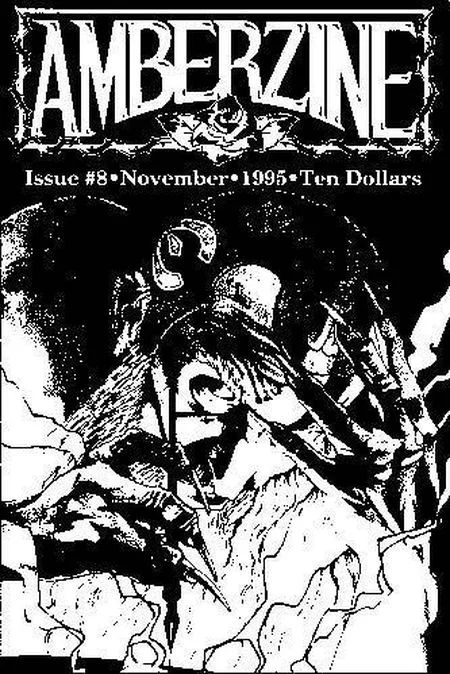
... and fanzine.
MAESTRO OF SUGAR GLAZING
What is the secret of Zelazny's success? His works are mesmerizingly beautiful and multi-layered. Although this does not mean that the books have incredibly deep meaning. Rather, its imitation. As the prominent science fiction writer and critic Brian Aldiss puts it, Zelazny is capable of making excellent sugar icing, but the reader will never get the cake.
Zelazny worked a lot as a co-author.
Perhaps it is no wonder that Zelazny’s most popular work was the Chronicles of the Amber Kingdom, in which the principle of “sugar glaze” is most fully realized. A sharp adventurous plot - once. Bright characters of the heroes - two. Diverse unusual reality with well-thought-out laws and rules - three. Philosophical, mythological and esoteric symbols pulled from everywhere, creating the illusion of meaningfulness of the text - four. Figurative language, full of reminiscences and wordplay - five. Ironic manner of presentation - six. And the final advantage is the rare ability to combine all the layers of one’s work into a single whole. The Wachowski brothers did something similar much later in the “matrix” trilogy, combining crazy action, cyberpunk candy wrappers and a sea of meaningful conversations into a self-sufficient product that can be interpreted in different ways. A thoughtful philosophical saga or a purely commercial action film? Everyone decides for themselves...
So for me there are stories of heroes, stories of ideas and stories of images. This refers to the way in which they enter my universe. The finished piece, in the best case scenario, should contain all three elements. Although two are enough.
Roger Zelazny
* * *
Roger Zelazny managed to surprisingly accurately find a reasonable balance between entertainment, education and instructiveness. His books are elegant, smart, interesting to read, and at times they make you rack your brain... What else is needed for happiness?
